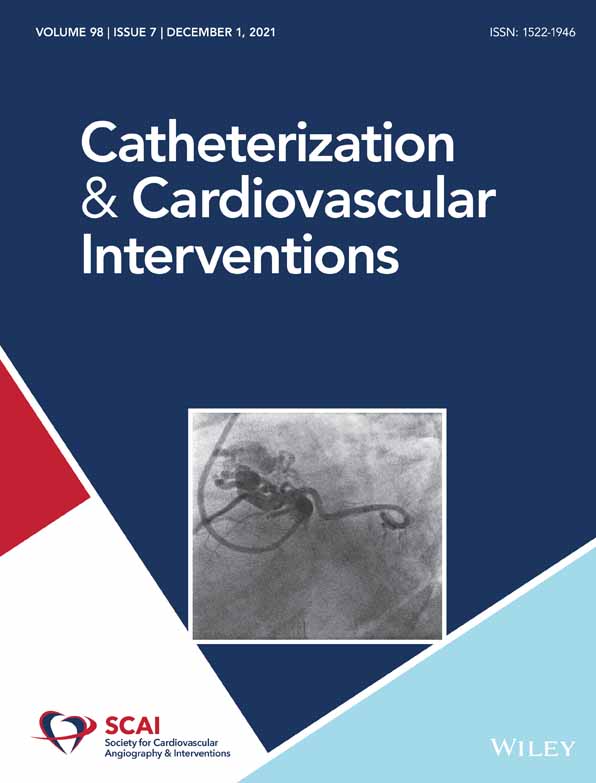Percutaneous coronary intervention in octogenarians: A risk scoring system to predict 30-day outcomes in the elderly
Abstract
Objective
Octogenarians are a high-risk group presenting for percutaneous coronary intervention (PCI). We aimed to create a 30-day mortality risk model for octogenarians presenting with both acute coronary syndrome (ACS) and chronic stable angina (CSA), using comprehensive mandatory UK data submissions to the UK National database.
Background
Octogenarians are a high-risk group presenting for percutaneous coronary intervention, and decisions on whether or not to undertake intervention in this cohort can be challenging. The increasing number of octogenarians in the general population means they represent an important high-risk subgroup of patients.
Methods
The data group consisted of 425,897 PCI procedures undertaken in the UK between 2008 and 2012 during which time there was comprehensive data linkage to mortality via the Office of National Statistics. Of these procedures, 44,221 (10.4%) were in patients aged ≥80. These comprised the model group. Logistic regression was used to create a predictive score which ultimately consisted of the following weightings: age 80–89 (n = 1); age > 90 (n = 2); unstable angina/non-ST-elevation myocardial infraction (NSTEMI) (n = 1); STEMI (n = 2); creatinine >200 mmol/L (n = 1); preprocedural ventilation (n = 1); left ventricular ejection fraction <30% (n = 1); cardiogenic shock (n = 2). Multiple imputation was used to account for missing data.
Results
The patient cohort was divided into a derivation (n = 22,072) and a validation dataset (n = 22,071). Receiver operating characteristic analyses were used to derive the area-under-the-curve to assess properties of the score. The scoring system generated an AUC 0.83, (95% CI 0.80–0.85) suggesting high sensitivity and specificity. Scores of 1–4 were associated with good survival but scores ≥5 were associated with an estimated likelihood of death within 30 days of ≥40%.
Conclusions
This octogenarian risk score maybe a useful tool to determine the chance of a successful outcome in elderly patients presenting for PCI.
CONFLICT OF INTEREST
The authors declare no potential conflict of interest.
Open Research
DATA AVAILABILITY STATEMENT
The data that support the findings of this study are available from the corresponding author upon reasonable request.




